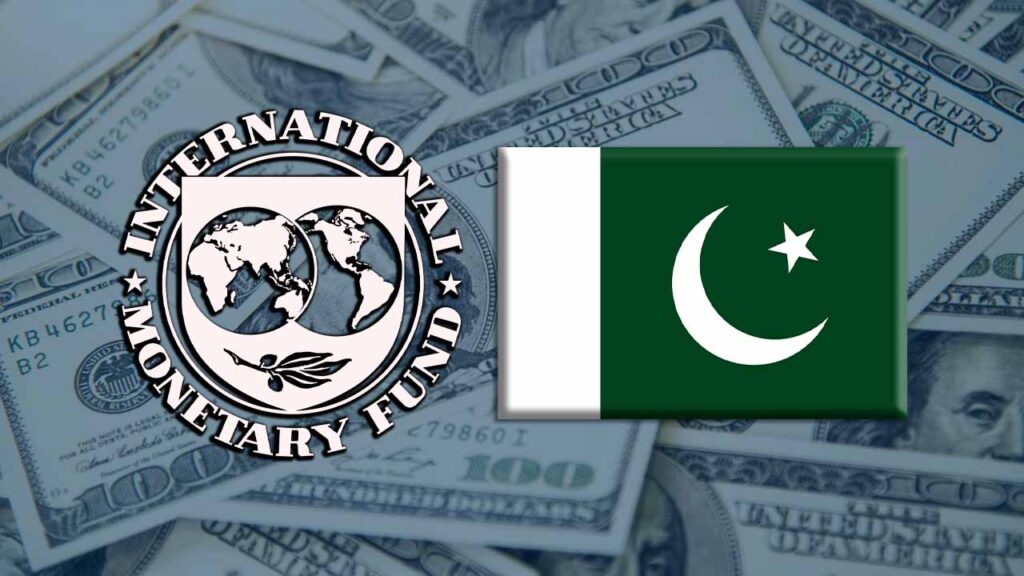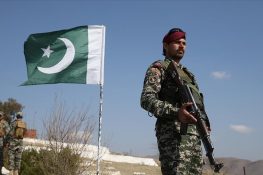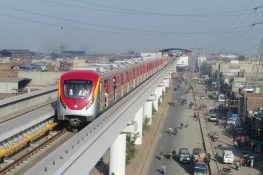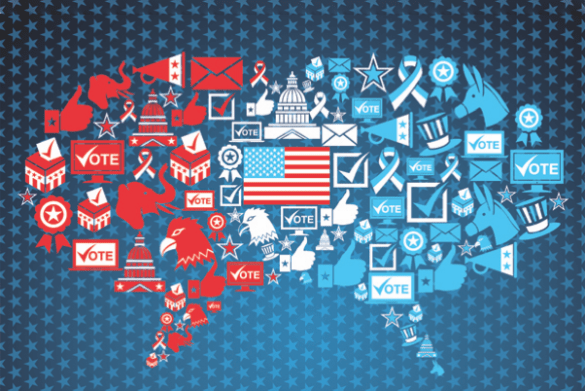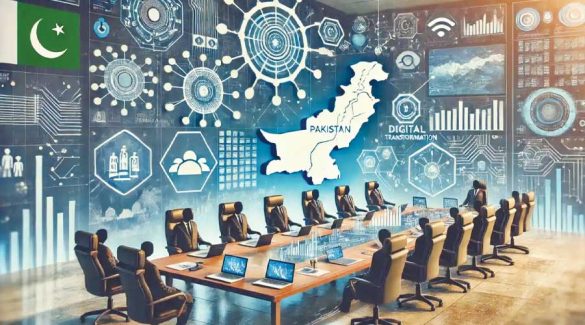Economic Stability Comes at a Cost
Pakistan’s renewed agreement with the International Monetary Fund (IMF) has once again placed the country’s economic direction under global scrutiny. The Pakistan IMF deal impact is visible in both macroeconomic indicators and household budgets.
Under the current arrangement, Pakistan is set to receive more than $7 billion in installments over three years, aimed at stabilizing its foreign reserves and restoring investor confidence. The government views the deal as essential for preventing default and maintaining credibility with global lenders.
However, this stability comes at a price. Strict fiscal conditions have led to subsidy cuts, higher taxes, and an increase in fuel and energy prices — all of which directly affect the daily lives of ordinary citizens.
Inflation and the Cost of Living
Since the IMF deal was approved, inflation has remained stubbornly high. According to the Pakistan Bureau of Statistics (PBS), consumer prices in 2025 are averaging around 23–25 percent, with food and energy leading the surge.
For middle- and low-income households, the Pakistan IMF deal impact is most visible in utility bills and grocery expenses. Electricity tariffs rose by nearly 20 percent in some urban areas, while the price of petrol crossed Rs 300 per liter.
A Lahore-based teacher, Ayesha Malik, shared her frustration: Every month, my salary feels smaller. Groceries, gas bills, transport — everything is rising faster than income.
While the IMF-backed measures aim to reduce fiscal deficits, they also squeeze disposable income, leaving millions of families struggling to manage basic needs.
Government’s Defense: Long-Term Benefits
Officials insist that the short-term pain is necessary for long-term gain. Finance Minister Muhammad Aurangzeb recently stated that the program would help restore macroeconomic balance and attract foreign investment.
Earlier, Pakistan also submitted a detailed response to the IMF’s corruption report, emphasizing its commitment to transparency and governance reforms under the loan program.
The government argues that the IMF reforms are pushing Pakistan toward financial discipline — including better tax collection, reduced imports, and tighter monetary policy.
Supporters of the deal say that inflation will gradually ease once foreign reserves rise and the exchange rate stabilizes. The State Bank of Pakistan (SBP) has also raised interest rates to curb demand and protect the rupee, which has shown modest recovery against the US dollar.
Still, experts warn that these benefits may take years to reach ordinary citizens.
Public Reaction: Resentment and Fatigue
The Pakistan IMF deal impact has sparked frustration among the public. Many view the IMF as a symbol of dependency, arguing that repeated loans only deepen economic vulnerability.
Protests have been reported in Karachi, Lahore, and Quetta, where traders and transport workers expressed anger over rising costs. Small business owners claim that reduced consumer spending and higher taxes have eroded their profits.
Economist Dr. Khaqan Najeeb, a former government advisor, notes: Pakistan’s challenge isn’t just external debt — it’s domestic reform. Without widening the tax base and cutting wasteful spending, IMF programs will keep returning.
This sentiment reflects a growing fatigue among citizens who feel they are paying the price for decades of poor governance and policy inconsistency.
Energy Prices and Industrial Pressure
Energy remains one of the most sensitive sectors affected by the deal. Under IMF conditions, Pakistan agreed to reduce energy subsidies and align prices with global rates.
As a result, electricity and gas bills have surged. The industrial sector, particularly textiles and manufacturing, has been hit hard. Rising input costs have made exports less competitive, leading to layoffs and reduced production.
According to the All Pakistan Textile Mills Association (APTMA), nearly 15 percent of textile units temporarily halted operations in early 2025 due to high energy tariffs. The ripple effect has reached workers, many of whom now face uncertain employment conditions.
The Social Dimension: Poverty and Inequality
The Pakistan IMF deal impact extends beyond economics — it’s reshaping the country’s social landscape. The World Bank estimates that nearly 40 percent of Pakistan’s population remains vulnerable to poverty.
High inflation erodes savings and pushes families toward informal borrowing. The poorest households, spending most of their income on food and utilities, are hit hardest.
To cushion this blow, the government has expanded the Benazir Income Support Programme (BISP), offering cash transfers to low-income families. However, economists argue that social welfare cannot fully offset structural inflation.
Relief programs are temporary solutions, says economist Sakina Hussain. Without sustainable job creation and industrial growth, people will keep falling back into poverty.
The Political Angle: Balancing Reform and Survival
Politically, the IMF deal is both a necessity and a risk. The coalition government faces pressure from opposition parties that criticize the program as anti-people and foreign-driven.
With elections expected in the next year, the leadership must walk a fine line — implementing reforms demanded by the IMF while avoiding public backlash.
Analysts suggest that transparency and communication are key. Citizens must understand why such measures are needed and how they will benefit in the long run. Without trust, even necessary reforms can trigger unrest.
Experts Call for Structural Change
Most economists agree that the IMF deal, while stabilizing in the short term, cannot be Pakistan’s long-term solution. The country needs deeper reforms — expanding its tax base, improving governance, investing in exports, and reducing dependency on external loans.
As Al Jazeera reported, the IMF loan offers temporary relief, but implementing long-term structural changes remains Pakistan’s biggest challenge.
Dr. Faisal Bari, a policy expert, notes: The IMF provides breathing space, not a cure. Pakistan must use this window to reform its economy, or else it will return to the IMF again in a few years.
The emphasis, therefore, should shift from crisis management to growth planning. Without institutional reform, the cycle of loans and austerity will continue.
Looking Ahead: A Delicate Balancing Act
The Pakistan IMF deal impact is complex — it offers short-term stability but imposes long-term social costs. For the economy to recover sustainably, policymakers must protect vulnerable communities while maintaining fiscal discipline.
Citizens, meanwhile, continue to bear the weight of adjustment. Every rise in energy cost, every new tax, and every shift in the exchange rate shapes their daily reality.
As Pakistan navigates this delicate path, one thing is clear: economic recovery cannot come at the expense of public resilience. True stability will require not only financial reforms but also fairness, transparency, and inclusion.

